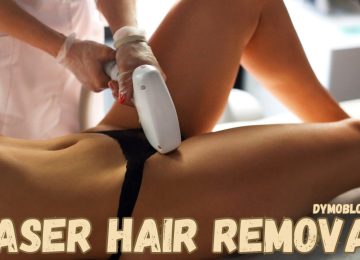When the tip of a tooth cracks and begins to bend when you bite down, it can cause a sharp pain. This is called cracked tooth syndrome. Sometimes the sharp pain will only occur occasionally when the lump is bitten at the right angle. Oftentimes, cold, heat, or candy will also cause a sharp pain by seeping into the crack. Cracked tooth syndrome is corrected by placing a crown over and around the tooth to hold it together. If left untreated, the lump will eventually rupture, which may require root canal therapy or even extraction.
Cracks are often very hairline and not visible. However, if the toothache continues with a dull ache, then the nerve is dying and the tooth needs a root canal.
A cracked tooth cannot heal itself. At first, a crack may be small and inconspicuous. But if left untreated, the crack can progress further along the tooth or deeper into the tooth.
A folly is a crack in the surface that appears as a line in the tooth enamel. While it may not look very attractive, a fad usually doesn’t need treatment. If there are cosmetic reasons, the tooth with cracked enamel can be treated with a veneer or adhesive.
A fracture is a crack, usually across the cusp of a tooth, that weakens or even breaks part of the tooth. A broken lump can usually be repaired with a crown. However, if the fracture extends into the nerve or jawbone, a root canal or extraction is necessary.
A fissure is a vertical crack that extends so deep into the tooth that it can break apart. Depending on the location and severity of the split, the tooth may be preserved or must be extracted. Last month I had a 45 year old male patient who split his maxillary premolar in half. Both halves were removed and a dental implant was placed under dental anesthesia. The patient never had any discomfort and could not say that he had ever had a missing tooth.
A root canal therapy bicuspid is a crack that begins at the root of the tooth and slowly spreads upward. This type of crack may not be noticeable until the surrounding gums and bone show signs of infection. In this situation, it is usually necessary to extract the tooth.
Symptoms of a cracked tooth
pain when biting
Sensitivity to hot or cold foods and drinks
Discomfort when the tooth is exposed to air.
Toothache for no apparent reason
Sometimes there are no symptoms at all, just visual evidence of a crack. Other times, a tear may be more difficult to identify, even with tests or x-rays. Also, the pain or tenderness may be intermittent, usually a sign of cracked teeth syndrome.
Prevention of cracked teeth
Do not chew on hard objects (ice cream, unpopped popcorn, pens, pipes, etc.).
Don’t use your teeth to grab or tear, such as opening bottles or ripping bags.
Do not pinch or grind your teeth.
Wear a bite splint or night guard to relieve pinching and crunching.
Wear a mouth guard to protect your mouth when you exercise.
Several years ago I saw an electrician who was continually stripping wires with his teeth. On numerous occasions I have repaired fractures of the edges of his upper front teeth with cosmetic sutures. I knew I had to use wire strippers, but I was always in a hurry and couldn’t find the tool easily. I advised him to have plenty of wire stripping tools everywhere; It would be much better and cheaper. After his fifth time, I jokingly offered to drill different sized slots in his teeth to help him strip different sizes of wire with ease. He laughed and started using the wire stripper more often.
By following these prevention tips and getting regular dental checkups for emerging cracks, you can help keep your teeth in good health.
















